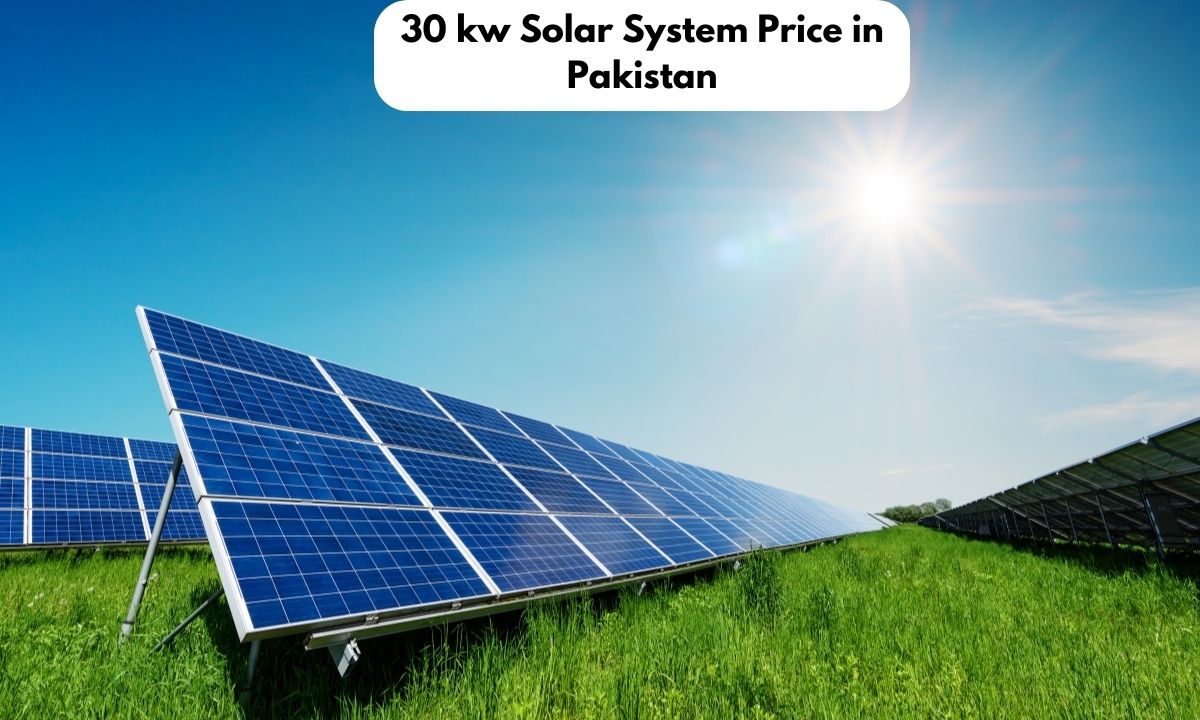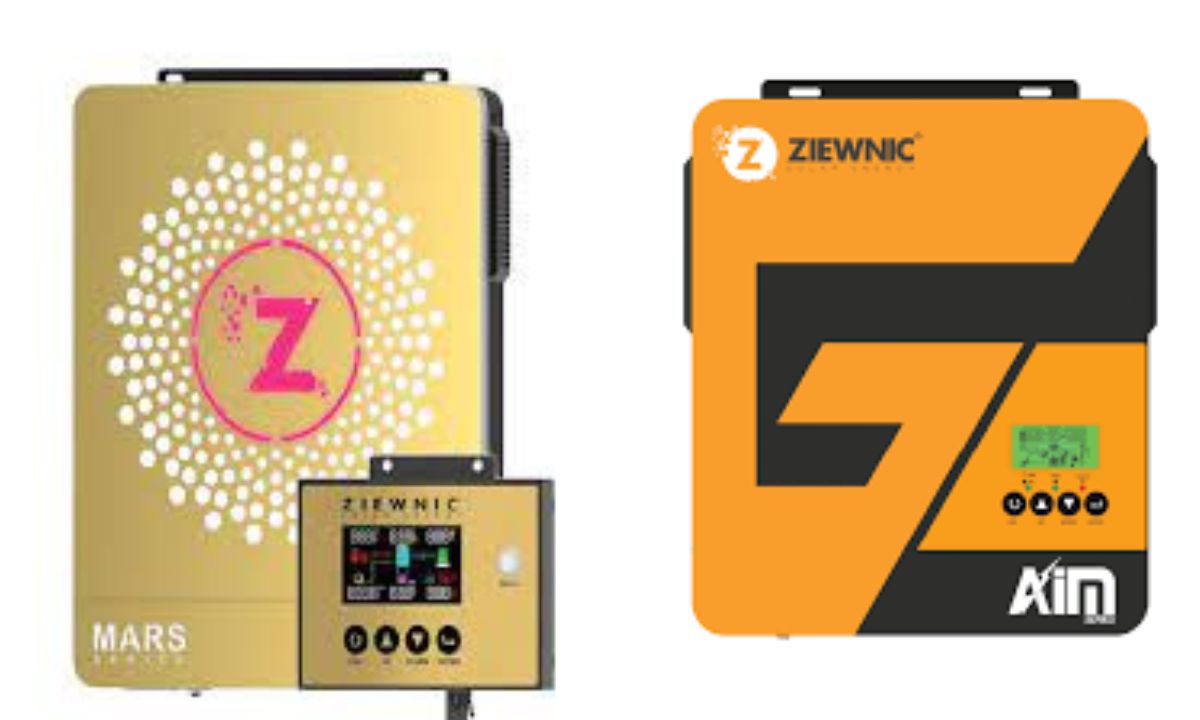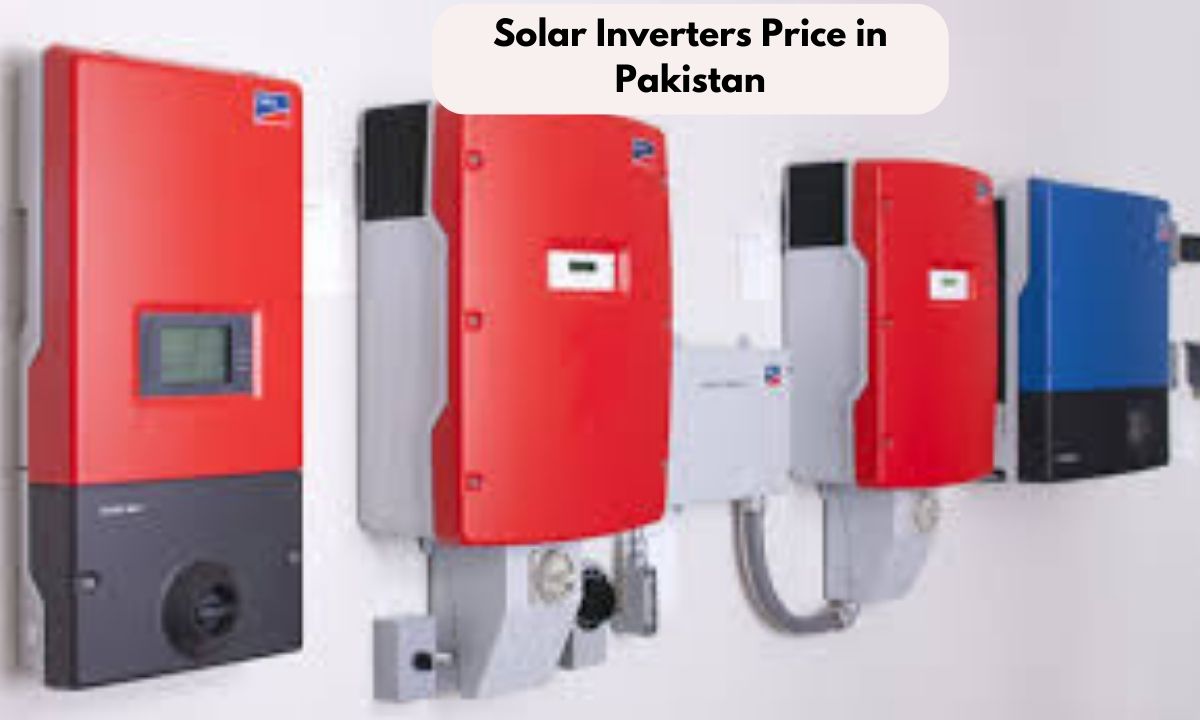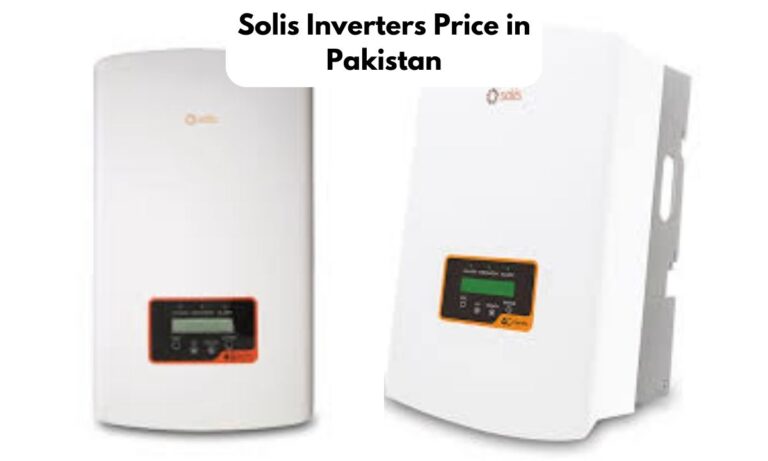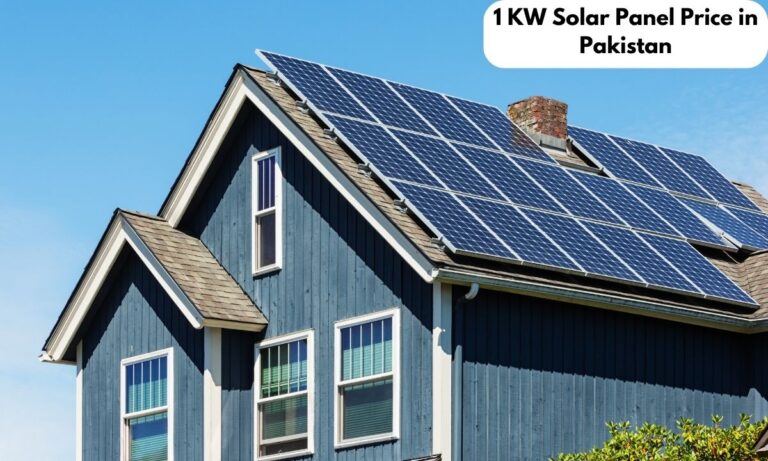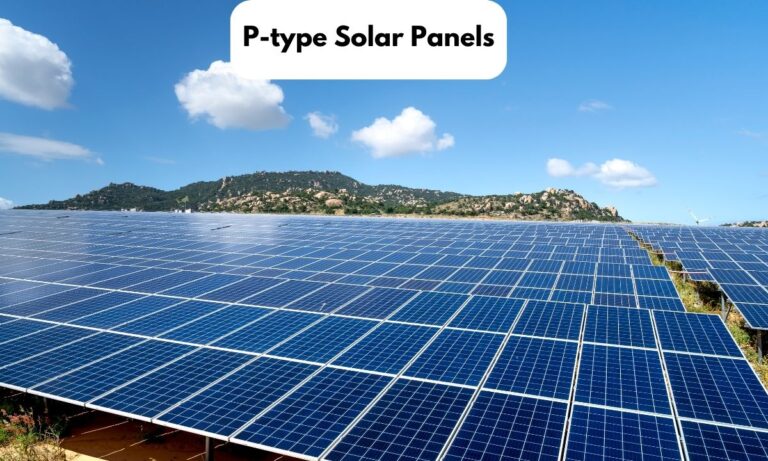30 kW Solar System Price in Pakistan (2024 Price Guide)
Using sunlight to generate power, solar energy presents a clean and renewable way to produce electricity while cutting down on harmful emissions and pollutants. In Pakistan, more people are turning to solar energy, especially the 30 kW solar system, because it’s affordable and good for the environment.
This 30 kW solar setup costs around PKR 40-45 lacs and is ideal for those who use a lot of energy. Not only does it meet your energy demands, but it also helps in making our environment cleaner and healthier.
As we go further into the topic of solar power, we’ll discuss various brands of 30 kW solar systems in Pakistan, their costs, and what affects these prices. Whether you’re a homeowner, run a business, or are simply curious about green energy, this information will give you a clear picture of solar energy in Pakistan.
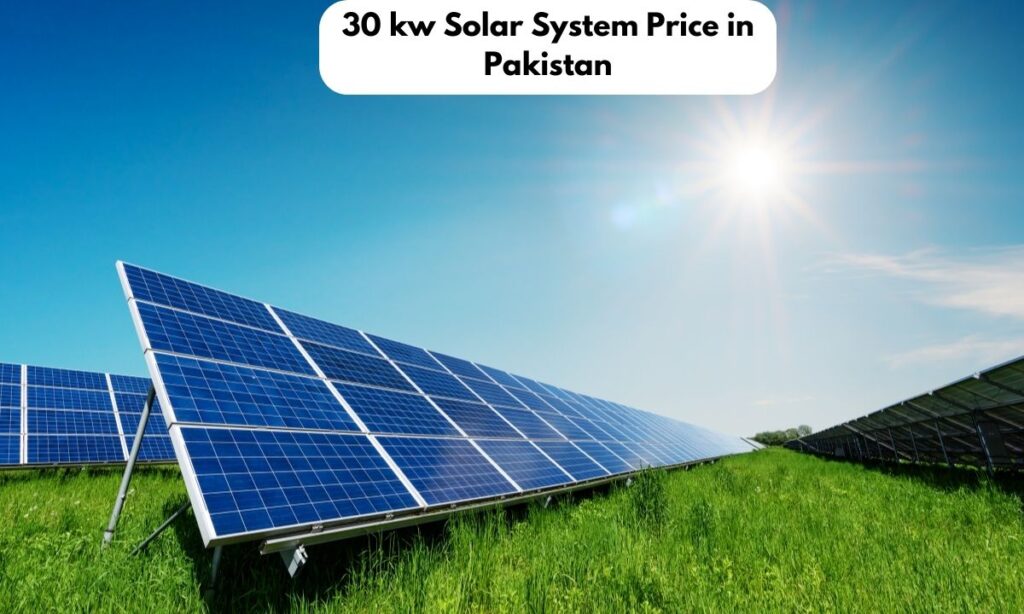
Cost of 30 kW Solar System in Pakistan
In Pakistan, a 30 kW solar system typically costs between PKR 40-45 lacs, but this can change based on a few key factors. First, you have three main types of solar systems to consider: On-Grid, Off-Grid, and Hybrid. On-grid systems connect directly to the main power grid, so there’s no need for batteries.
Any extra energy you produce goes right back into the grid. On the other hand, Off-Grid systems operate independently and rely on batteries, especially when the sun isn’t shining, like at night or on overcast days. Hybrid systems offer a blend of both worlds; they’re linked to the grid but also have a battery backup.
Beyond the type of system, other elements can affect the overall cost. The quality of materials used, how intricate the setup is, and any added services, such as post-installation support, can all contribute to the price. Additionally, keep an eye on governmental changes. Alterations in rules, tax policies, or shifts in the value of the Pakistani Rupee compared to the US Dollar can impact the cost of setting up a solar system.
| Brand | Price (PKR) |
| Premier Energy | 40-45 lacs |
| Canadian Solar | 40-42 lacs |
| Solax | 524,000 (for the inverter only) |
| Sympl Energy | 40-45 lacs |
| W11STOP | Rs. 4,800,000/- to Rs. 5,400,000/ |
Several factors influence the cost of a solar setup, including the quality of materials, the system’s size, and installation fees. Interestingly, the price of solar panels has dropped notably. This decline is partly because of the weakening US dollar compared to the Pakistani Rupee and the government’s move to eliminate taxes on these panels.
As it stands, there’s a 5% customs duty on imported solar panels and an extra 17% sales tax in Pakistan. Yet, there’s talk within the government about possibly removing all taxes on solar equipment, potentially making solar systems even more affordable.
Components of a 30 kW Solar System Package
Solar Panels
When you’re considering a 30 kW solar system, you’re basically looking at a bunch of solar panels – usually somewhere between 82 to 100, depending on how powerful each panel is.
These panels do a neat trick: they turn sunlight into usable power called direct current (DC). If you go for the high-efficiency ones, they work even better.
Inverters
Now, the power these panels generate is in a form called DC, but our homes and businesses use a different kind of power called alternating current (AC). That’s where inverters come in. You’ve got options like string inverters, microinverters, and central inverters – each with its own perks.
Racking and Mounting
To set up these panels, you need a solid structure to put them on – that’s the racking system. It’s like the skeleton that supports the panels on roofs, the ground, or poles. And yeah, it’s engineered to handle stuff like wind and snow.
The Connectors
All these panels and inverters need to talk to each other, and that’s where proper cabling comes in. It’s like the wiring that connects the panels to the inverters and the electrical grid. You might also need things like PV combiners, disconnect switches, and protective devices.
Battery Storage (Optional)
Some solar setups include a battery. Think of it like a backup – storing extra power for those times when the sun isn’t shining, or the power goes out. These batteries can be high-tech, like the fancy lithium-ion ones.
Monitoring Systems
Lots of solar setups come with a cool feature – monitoring systems. These let you keep an eye on how much energy your system is making and how well it’s doing.
Extra Bits and Bobs
There’s some extra gear too, like grounding equipment, surge protectors, and connectors. All these bits make sure your solar setup runs safely and smoothly.
Why Quality Matters
Here’s the deal: better materials and manufacturing standards mean your solar setup lasts longer and gives you more bang for your buck.
Reliable Installation
Getting pros to set up your solar system is key. Pros know the ins and outs, and they can help with things like maintenance and warranty services. That way, your solar setup runs like a well-oiled machine.
So, when you’re picking out your solar gear, go for quality and get the experts to install it. That way, you’ll squeeze every bit of goodness out of solar power and have a reliable source of electricity.
Financial Benefits and Payback Period
1. Return on Investment
In Pakistan, when you invest in solar power, the time it takes to get your money back—known as the payback period—typically falls between 3 to 7 years. On average, it’s around 5 years. This period marks how long it takes for the money you save on energy bills to cover the initial cost of setting up the solar system. The exact time can change based on factors like how big the system is, where you live, how much electricity you use, the cost of electricity, and the price of solar gear and installation.
For example, a 10kW solar system usually takes about 5 to 7 years to pay off. With a bigger system like 15kW, you can expect a similar payback period.
2. Smart Savings for the Long Haul
Shifting to solar power isn’t just good for the environment—it’s good for your wallet too. Solar panels churn out a bunch of electricity, cutting down how much you rely on the regular grid and slashing those monthly electricity bills. To put it in numbers, a 5kW solar setup can save you around Rs. 146,000 each year, while a 10kW system can save you about Rs. 292,000 yearly.
3. Trading Electricity with Net Metering
Net metering is like a clever trade deal for solar panel owners. During the day, if your solar panels make more electricity than you use, you can sell the extra back to the national grid. This deal lowers your electricity bill. In Pakistan, if you’re part of the net metering program, you even get paid for the extra electricity you pump into the grid.
Here’s how it works: when your solar panels produce more electricity than you need, the surplus goes back to the grid. At the end of each month, the utility company figures out the difference between what you made and what you used.
You only pay for what you use, and you get credits for the extra electricity you give to the grid. Net metering is like taking control of your electricity, relying less on traditional sources, and easing the load on the national grid. This setup can save you a bunch, especially in winter when energy needs drop, giving you a chance to stock up on credits for later.
Conclusion
Choosing to invest in a solar system in Pakistan is a smart move that comes with substantial financial perks, helps the environment, and ensures a steady and dependable power source. I recommend interested individuals consider this choice, paving the way for a greener, more sustainable, and energy-efficient future.
